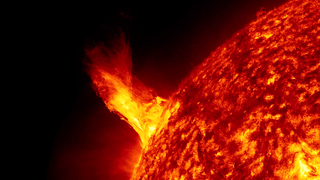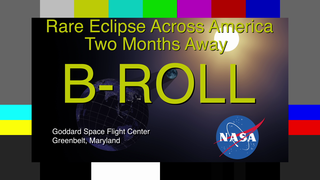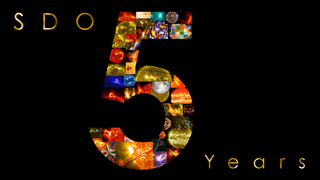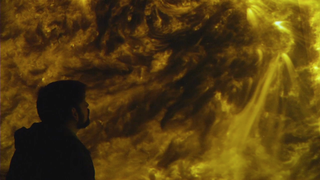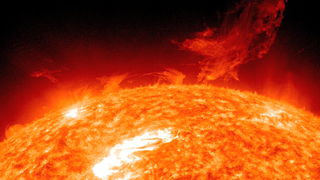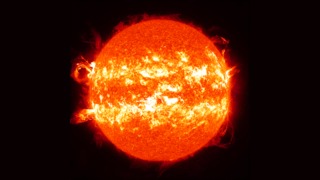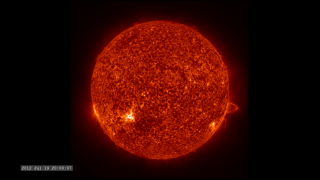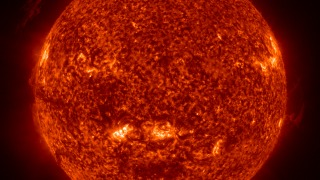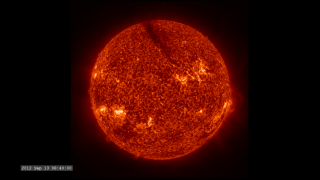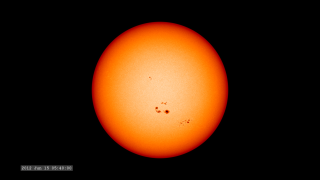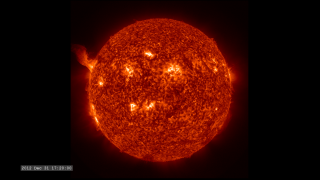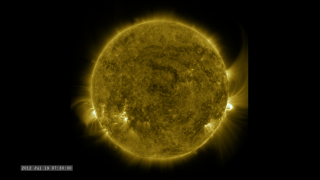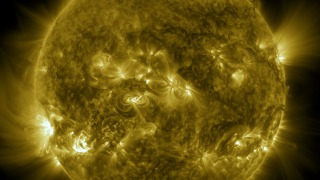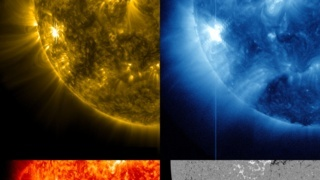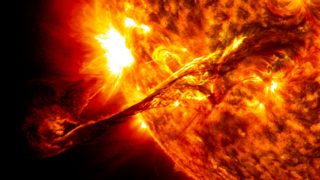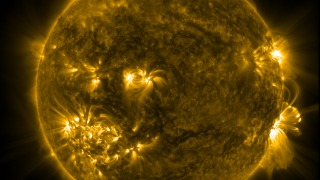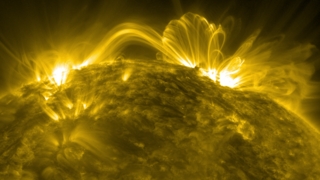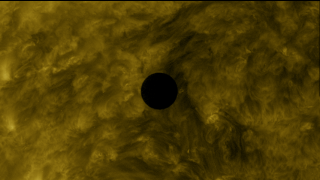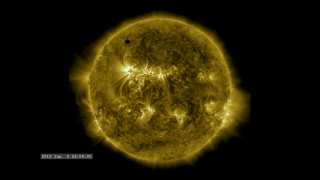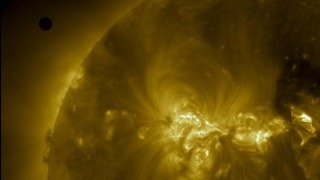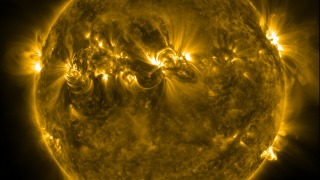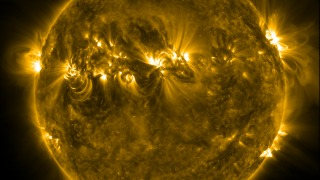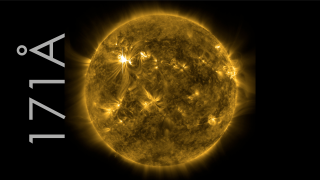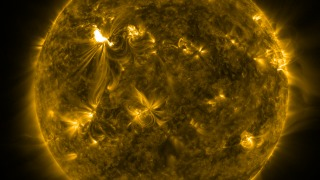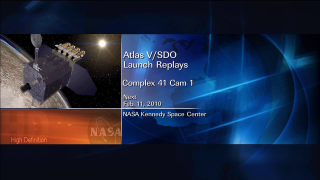SDO: Year 3
When the science team released its first images in April of 2010, SDO's data exceeded everyone's hopes and expectations, providing stunningly detailed views of the sun. In the three years since then, SDO's images have continued to show breathtaking pictures and movies of eruptive events on the sun. Such imagery is more than just pretty, they are the very data that scientists study. By highlighting different wavelengths of light, scientists can track how material on the sun moves. Such movement, in turn, holds clues as to what causes these giant explosions, which, when Earth-directed, can disrupt technology in space.
SDO is the first mission in a NASA's Living With a Star program, the goal of which is to develop the scientific understanding necessary to address those aspects of the sun-Earth system that directly affect our lives and society. NASA's Goddard Space Flight Center in Greenbelt, Md. built, operates, and manages the SDO spacecraft for NASA's Science Mission Directorate in Washington, D.C.
SDO: Year One here.
SDO: Year 2 here.
Information about the individual clips used in this video is here.
Watch this video on YouTube.
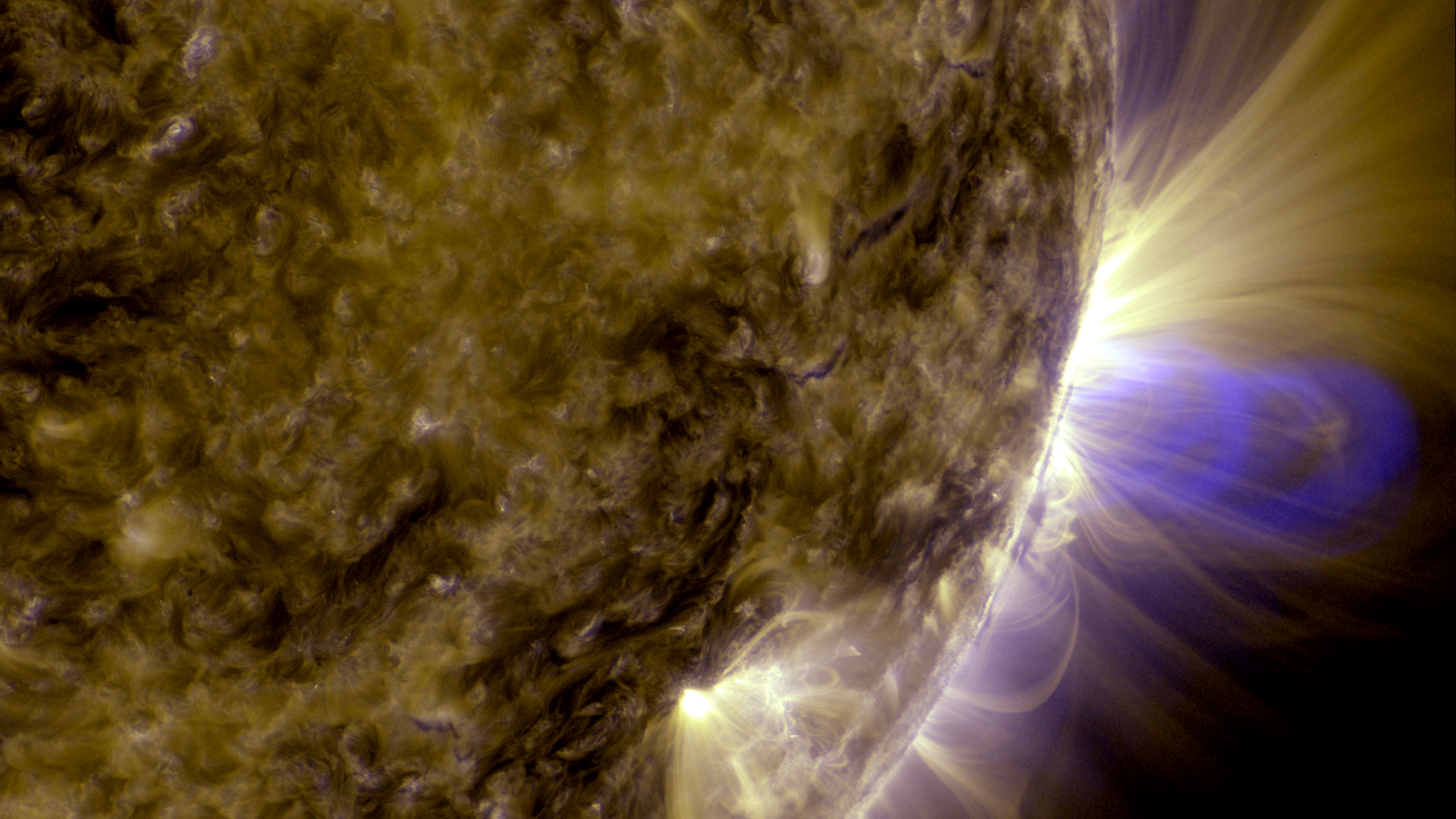
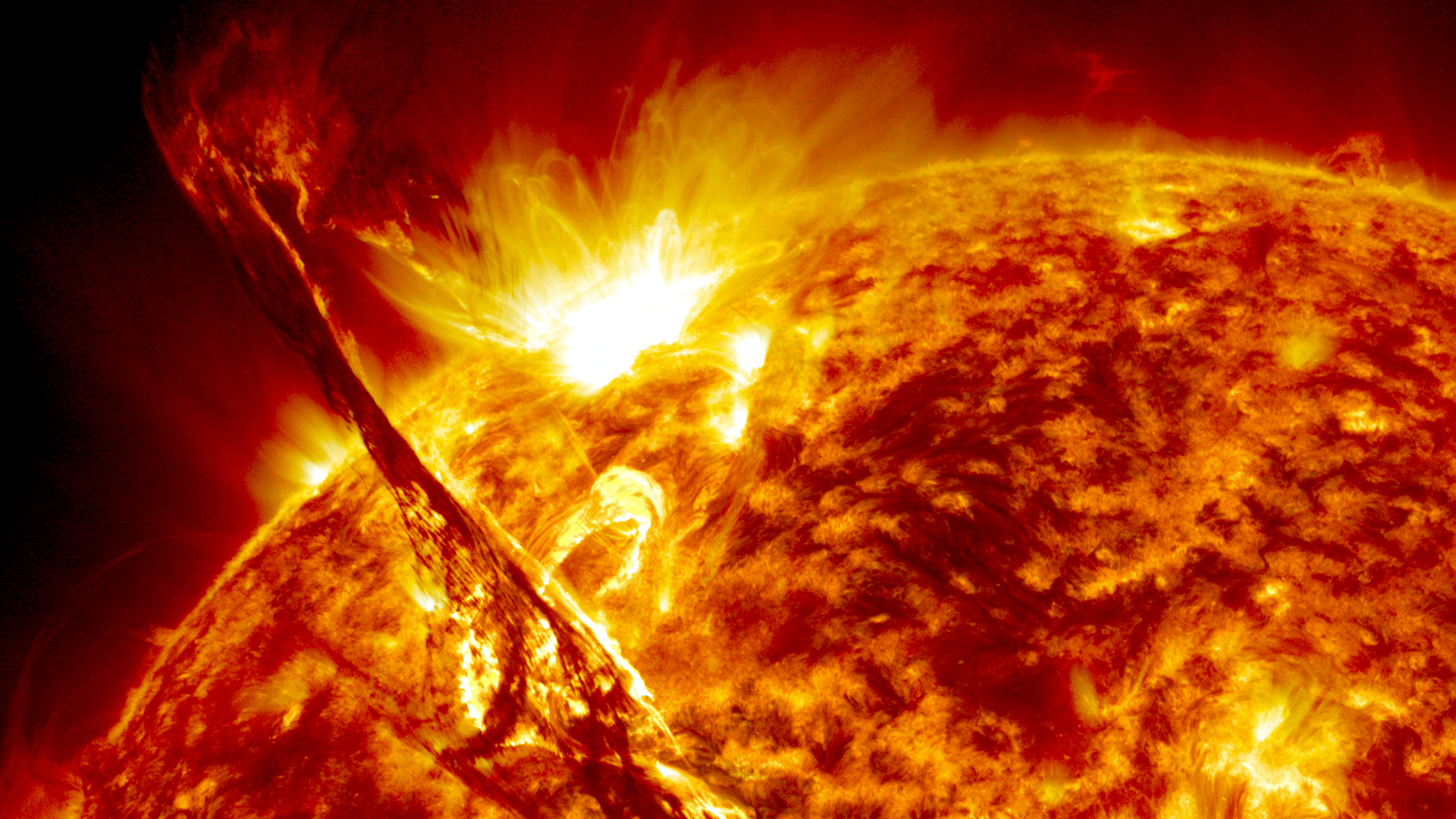
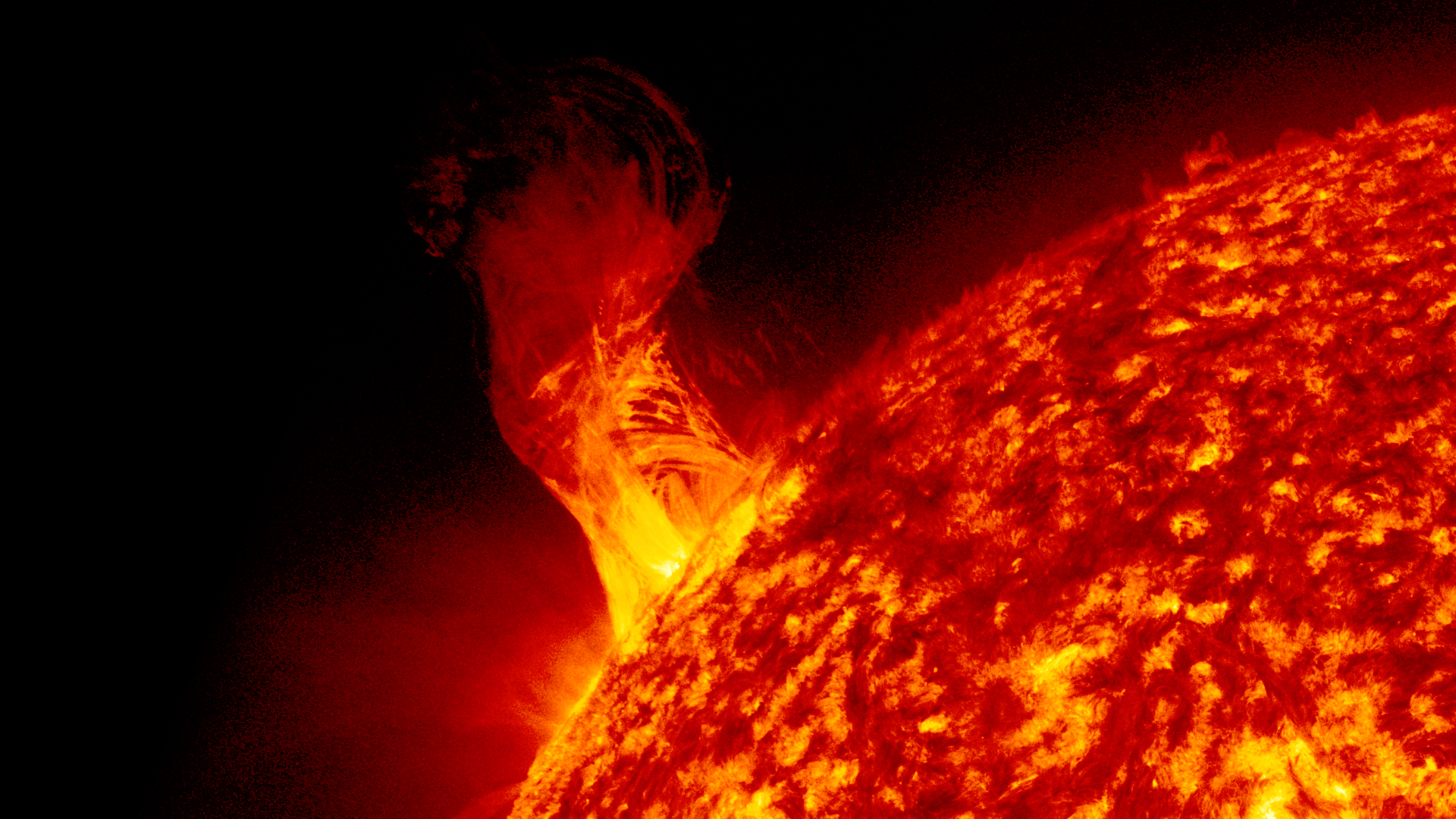
Used Elsewhere In
Related
For More Information
Credits
Scott Wiessinger (USRA): Animator
Scott Wiessinger (USRA): Video Editor
Karen Fox (ADNET Systems, Inc.): Narrator
Scott Wiessinger (USRA): Producer
Scott Wiessinger (USRA): Writer
Karen Fox (ADNET Systems, Inc.): Writer
NASA's Goddard Space Flight Center/SDO
https://svs.gsfc.nasa.gov/11203
Mission:
SDO
Data Used:
SDO/AIA/335 Filter also referred to as: AIA 335
JOINT SCIENCE OPERATIONS CENTERSDO/AIA/131 Filter also referred to as: AIA 131
JOINT SCIENCE OPERATIONS CENTERSDO/AIA/171 Filter also referred to as: AIA 171
JOINT SCIENCE OPERATIONS CENTERSDO/AIA/193 Filter also referred to as: AIA 193
JOINT SCIENCE OPERATIONS CENTERSDO/AIA/211 Filter also referred to as: AIA 211
JOINT SCIENCE OPERATIONS CENTERSDO/AIA/304 Filter also referred to as: AIA 304
JOINT SCIENCE OPERATIONS CENTERSDO/HMI/Continuum also referred to as: SDO Continuum
This item is part of these series:
Narrated Movies
SDO - Edited Features
Goddard TV Tape:
G2013-019 -- SDO: Year 3
Keywords:
SVS >> HDTV
SVS >> Music
GCMD >> Earth Science >> Sun-earth Interactions
GCMD >> Earth Science >> Sun-earth Interactions >> Solar Activity >> Solar Flares
GCMD >> Earth Science >> Sun-earth Interactions >> Solar Activity >> Solar Ultraviolet
SVS >> Space Weather
SVS >> Hyperwall
SVS >> SDO
SVS >> Edited Feature
SVS >> Solar Dynamics Observatory
SVS >> Heliophysics
DLESE >> Narrated
SVS >> Corona
NASA Science >> Sun
GCMD >> Earth Science >> Sun-earth Interactions >> Solar Activity >> Coronal Mass Ejections
SVS >> Visible Light Imaging
SVS >> Extreme Ultraviolet Imaging
SVS >> EUV Imaging
GCMD keywords can be found on the Internet with the following citation: Olsen, L.M., G. Major, K. Shein, J. Scialdone, S. Ritz, T. Stevens, M. Morahan, A. Aleman, R. Vogel, S. Leicester, H. Weir, M. Meaux, S. Grebas, C.Solomon, M. Holland, T. Northcutt, R. A. Restrepo, R. Bilodeau, 2013. NASA/Global Change Master Directory (GCMD) Earth Science Keywords. Version 8.0.0.0.0
